Introduction
This article is primarily about the Lumix S1 and its Lumix lenses, but it’s from the point of view of a Leica shooter. It’s actually the first time I’ve written about anything other than a Leica release, but I have owned many of the recent cameras from Fuji, Nikon and Sony (Canon have just slipped me by, accidentally rather than by intent).

Panasonic UK has been kind enough to lend me the S1, the 24-105, 70-200 and 50 f/1.4 lenses. Thank you Mike!
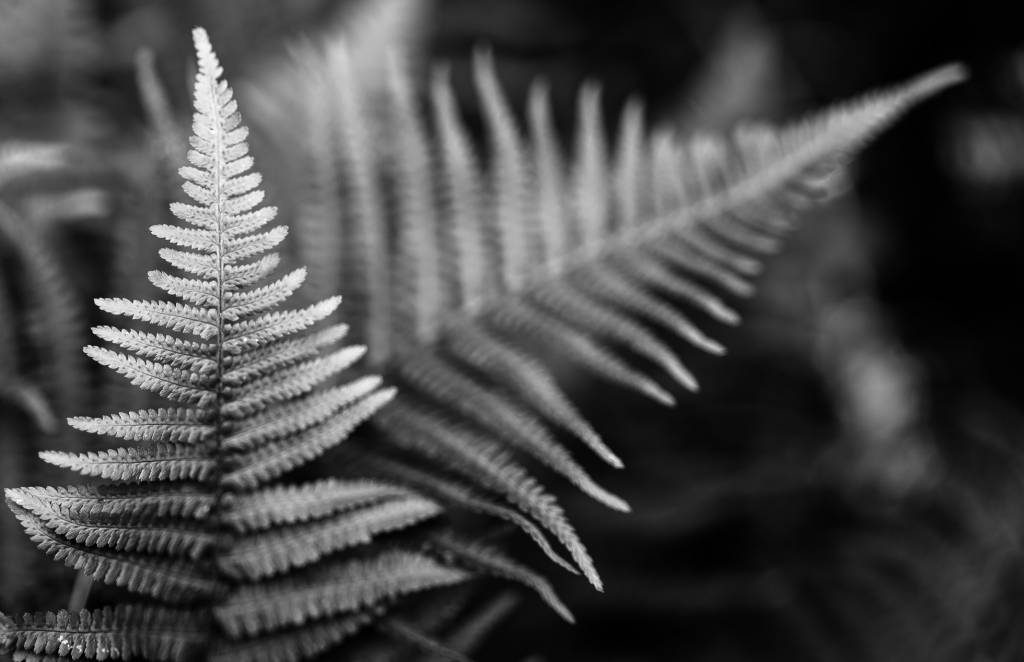
I have been using L-mount cameras for nearly six years now (I received my first test copy of the Leica T in October 2013). That was an innovative and exciting camera, and many people are still devoted advocates. Since then there have been the TL, the TL2 and the CL in the APS-C range, and the SL which arrived in June 2015 (on my desk at least, it was announced in October).
Leica had understood that making better lenses for mirrorless cameras needed a larger lens mount; this is something that both Canon and Nikon have realised with their recent releases, whereas Sony simply used their APS-C mount for their full-frame cameras.

I don’t think the photographic press really knew what to make of the SL, especially since it arrived before the Sony full-frame cameras were taken so seriously. At any rate, it didn’t get the reception it deserved. It is still a fine camera and has been my workhorse for events and weddings for the last four years (with brief excursions with the Sony A7ii and the Nikon D850).
I was very excited when the L-Mount Alliance between Leica, Panasonic and Sigma was announced at Photokina in 2018. It promised exciting new bodies and a whole range of excellent (and more affordable) lenses, filling in the gaps and offering more specialist lenses as well.
The Lumix S1 and S1R are the first tangible offspring of this alliance, and the S1 is what I’ve been looking at for the last couple of months. I chose the S1 rather than the S1R because I wanted to look at it in context with the SL (which is also 24 MP).

The camera and lenses
I’m not going to go into huge detail about the camera and its functions, there are innumerable reviews around the internet which go into the last detail, so this will be an overview of my feelings about the design of the camera and lenses.
The Lumix S1 is a substantial camera, weighing in at 899g as opposed to 847g for the Leica SL. The body shape of the two cameras is quite similar, but the S1 has much more rounded corners and a shaped and contoured grip. I’ve never found the Bauhaus-like design of the SL to be a problem (except possibly when banging it against my hip), but the Lumix is certainly conventionally well designed and comfortable to hold for long periods of time.
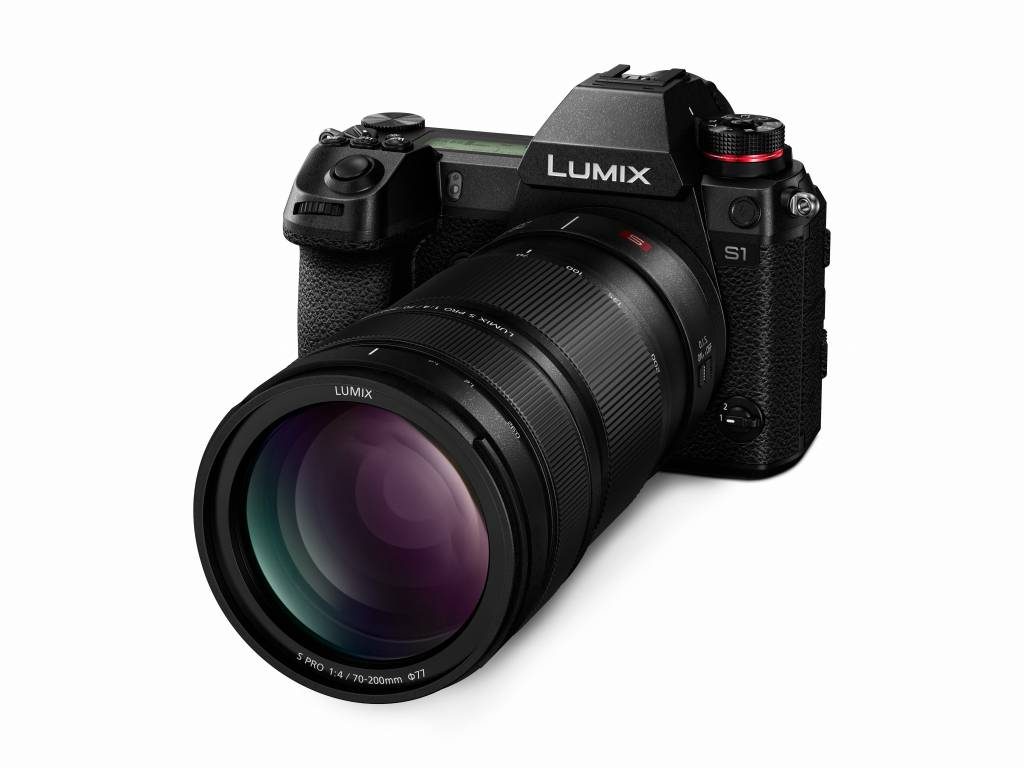
Panasonic Lumix S1 with the 70-200 f/4 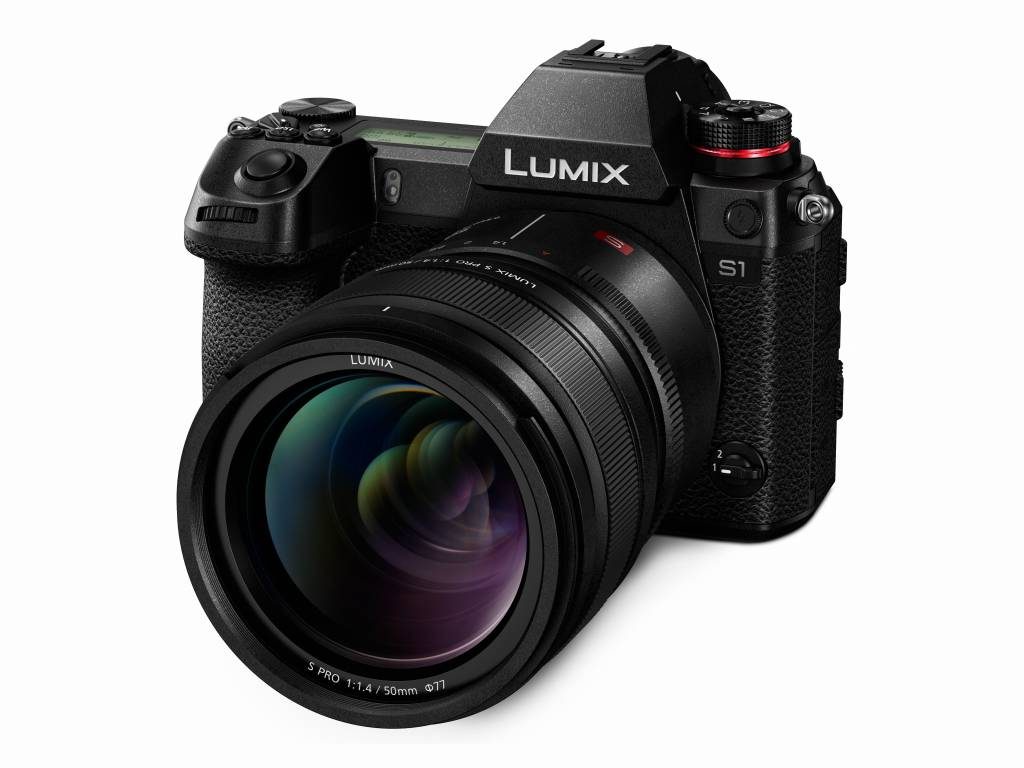
With the 50mm f/1.4 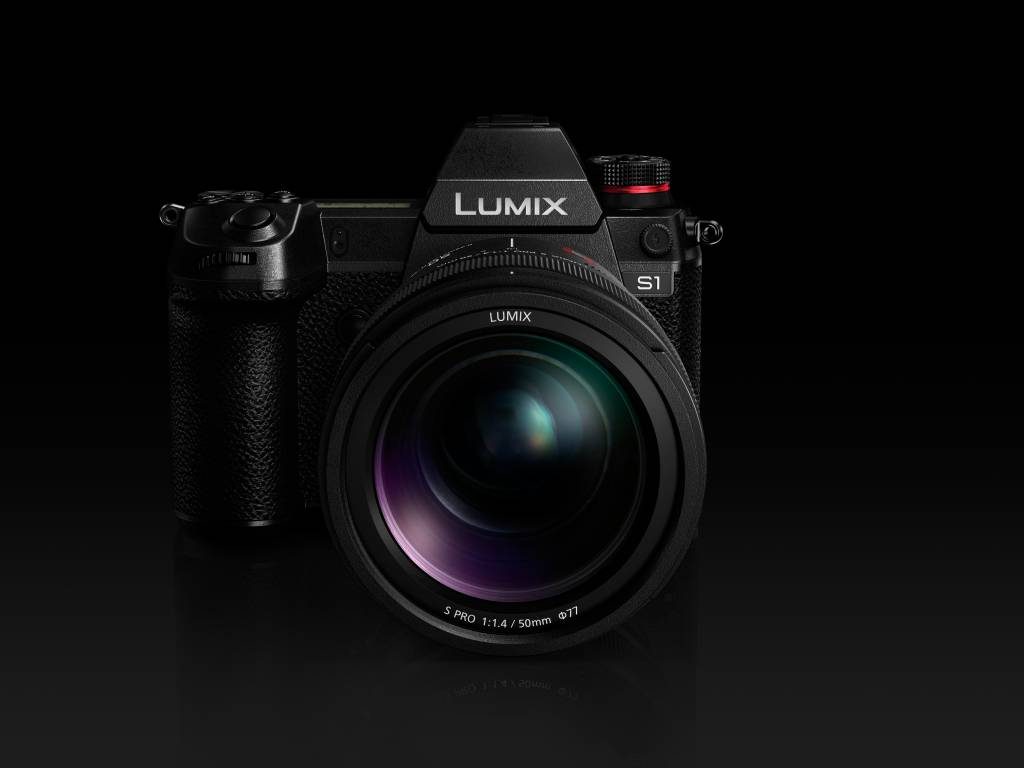
A big camera but well designed and comfortable to use with larger lenses (Images: Panasonic UK)
My own feeling is that if you are going to use a full-frame camera, then you will inevitably end up toting substantial lenses. In this case it’s easier with a more substantial body that you can really get hold of. There is about 250g difference in weight between a Sony A7 and the Lumix S1; I really don’t see that could possibly be a deal-breaker for anyone.
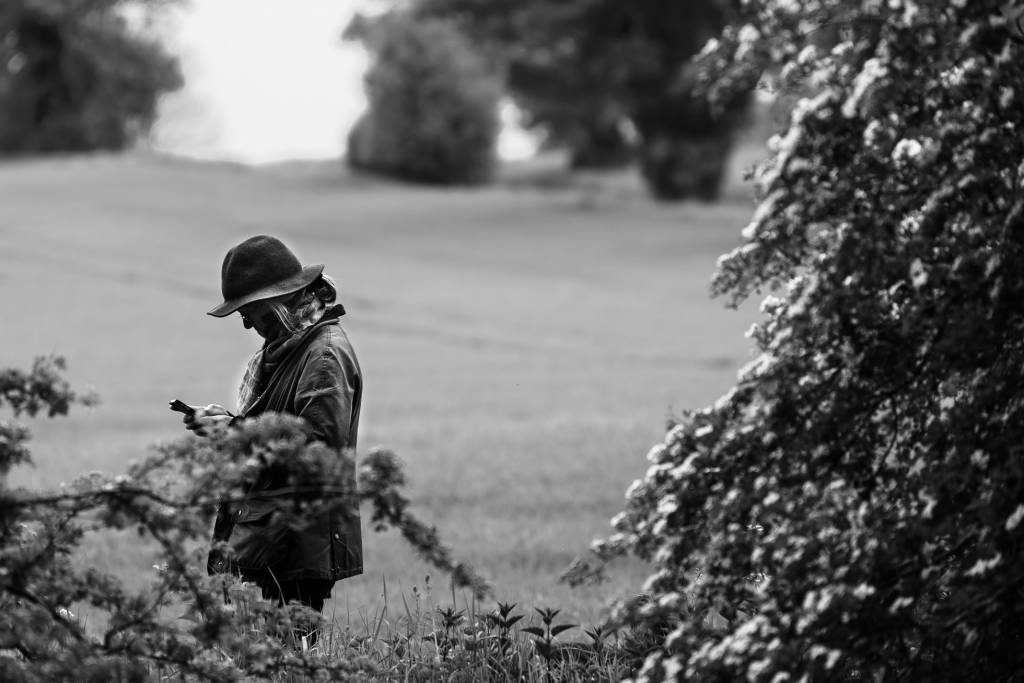
I think it’s really interesting to see how the design philosophy of different manufacturers varies so much with respect to controls on mirrorless cameras. Leica
With the S1, Panasonic
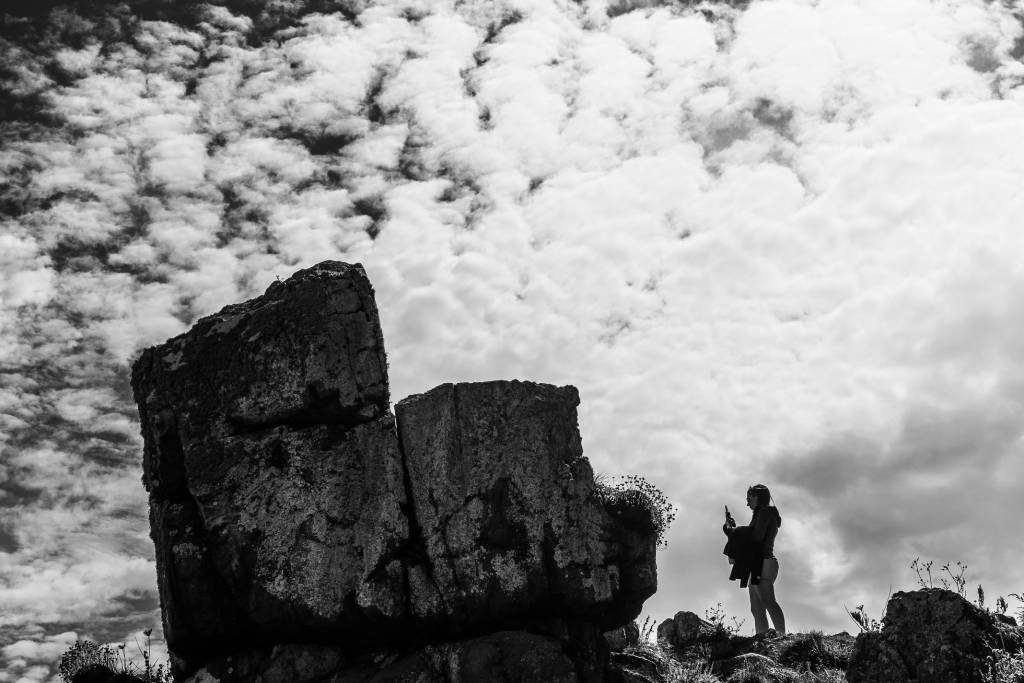
If you don’t like the standard layout, then you can re-purpose any of the buttons to do pretty much anything you like. The menu system is logically laid out, and easy to navigate (there are a lot of options though). I found that after a week, and having made up some user presets I really didn’t need to delve into the menus much.
Living in the UK, I find that proper weather sealing is of real importance. If I go out for a day’s shooting I like to be able to keep on if there is a downpour (and I certainly don’t like having to put my camera into a bag). I’ve taken the S1 out in really horrible weather and it has behaved immaculately; no steaming in the viewfinder and absolutely no water ingress in any of the compartments.

The ‘kit lens’ 24-105 f/4 is a really good workhorse. It is without frills, but also free of vices. I used it almost exclusively for the Ladies Tractor Road Run pictures. It focused fast and without issue, and it’s quite usable at all focal lengths and all apertures.
This lens is relatively light, very good ergonomically and very sharp. It might not be quite as stellar as the Leica 24-90, but it’s considerably lighter and about a third of the price! It’s worth noting that this is the only lens in the initial trio not to have the “certified by Leica” imprimatur. Despite this, it makes a great all-round lens and serves well as part of the kit.

The 70-200 f/4 is a different animal. It’s a cracker of a lens, very, very sharp from 70mm to 200mm and from f/4 to f/11, with good out-of-focus areas (bokeh). It also has a focus ‘clutch’ mechanism which I first saw on Olympus micro four-thirds lenses. When you pull slightly on the focusing ring there is a manual-focus option with a proper distance scale. I found this very useful and it’s well implemented.
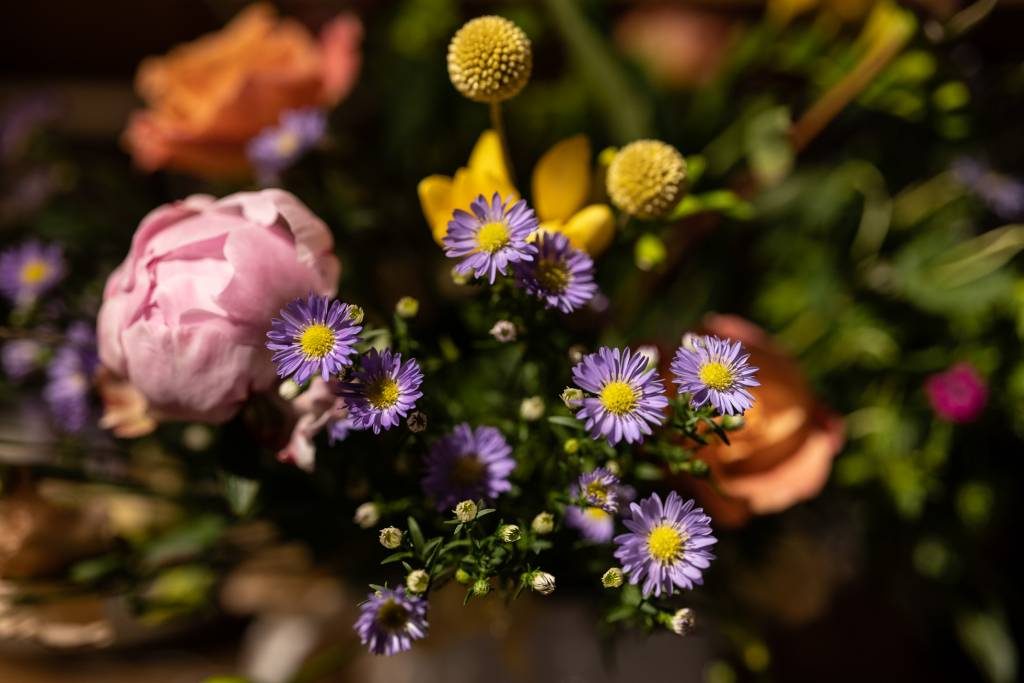
The Lumix 50mm f/1.4 is a beast of a lens. Zeiss began the trend of producing very high-quality ‘standard’ lenses with the Otus and this lens is a worthy inheritor of the same philosophy. Once you get over just how big it is (weighing in at just under 1Kg), both the operation and the results make it all seem well worthwhile. In common with the 70-200, it has a ‘clutch’ manual focus option, in addition, it has a silky smooth aperture dial with an ‘A’ to allow Aperture-priority automatic. The auto-focus is fast and silent, it has excellent bokeh and is incredibly sharp with a real presence.

L-mount lens interchangeability
If the L-Mount standard is really going to take off, then there must be proper compatibility between all the different lenses and bodies. I have been in a good position. I already have two L-mount bodies (the SL and the CL), together with five Leica lenses (24-90 SL, 90-280 SL, 75 APO SL, 18-56 TL (APS-C) and the 55-135 (APS-C)). I also had the three current Lumix lenses (as above).
If you put the Lumix lenses on the CL you get a warning about reduced battery life; I thought that, when using the 70-200, I got about half the usual number of shots, with the 24-105 perhaps three quarters. Presumably, this is to do with the optical image stabilisation (although you don’t get the same message with the SL zooms, both of which also have image stabilisation).
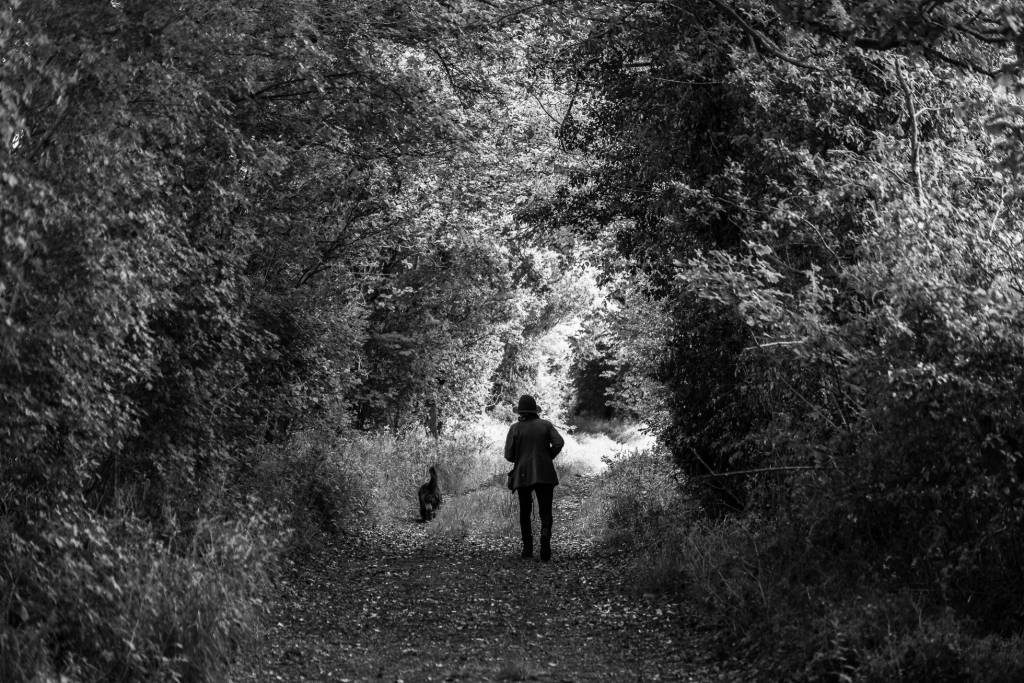
I tried all the combinations of lenses I could think of and they all worked perfectly well. I guess the APS-C lenses would be more attractive on the S1R where the cropped image is just over 20MP (it’s around 10MP on the S1).
These are very promising results which suggest that everyone is sticking rigidly to the L-mount standard. I can imagine many photographers mixing lenses from all three members of the consortium. It’s going to be exciting when the Sigma Art lenses are released later on this year.

M-mount lenses on third-party bodies
There are three different issues which commonly occur when using M-mount lenses on non-Leica bodies, and it’s better to understand these when considering using traditional Leica lenses on third-party bodies
- Excess vignetting
- Colour-shift across the frame
- Smearing of detail away from the centre of the frame
Leica lenses (and other M-mount lenses) are more likely to suffer from these problems in that the angle of incidence of light to the sensor is more oblique than it is with the ‘tele-centric’ lenses which most modern cameras use. The problem becomes more pronounced when the rear element of the lens is closest to the sensor (which is towards infinity).
Lots of people with various different cameras have stated they work well with M lenses, having done tests at 2 or 3 metres distance on test charts or similar. But it’s at longer distances that problems become obvious (think landscape in particular).

Excess vignetting and colour-shift (1 and 2 above) are fixed by a combination of a special design of microlenses on the sensor, together with firmware correction. Also by an additional light sensor on the SL and M cameras which is used to assess the aperture (which then goes in the exif information). This estimated f-stop value is then used to get the right correction for vignetting.
Third-party companies (such as CornerFix) have produced software to fix these problems after the event, and much can be done in processing software such as Lightroom. This works well, and the only downside is likely to be a little increase in noise in the corners (and a big increase in programming time).
Of course, to make this work properly the firmware/software needs to know which M lens has been used so that the correct profiles can be applied.

The smearing of detail with M lenses is caused by having a thicker cover-glass over the sensor: Kolari has well understood this and provides modifications for many cameras. This replaces the cover-glass with a much thinner one and it greatly reduces smearing with M-mount lenses (although of course, it doesn’t fix issues with colour shift or vignetting). Smearing cannot be fixed after the event by software, once the detail has gone, then it really has gone.
Lenses designed for DSLR cameras (and modern mirrorless cameras) have a light path which strikes the sensor much nearer to the vertical, even at infinity. For camera manufacturers who don’t have issues with the angle of incidence of light a thicker cover glass is actually beneficial, firstly because it makes IR filtration much easier and secondly because dust on the sensor is much less visible if it’s further from the sensor (because it’s more out of focus).
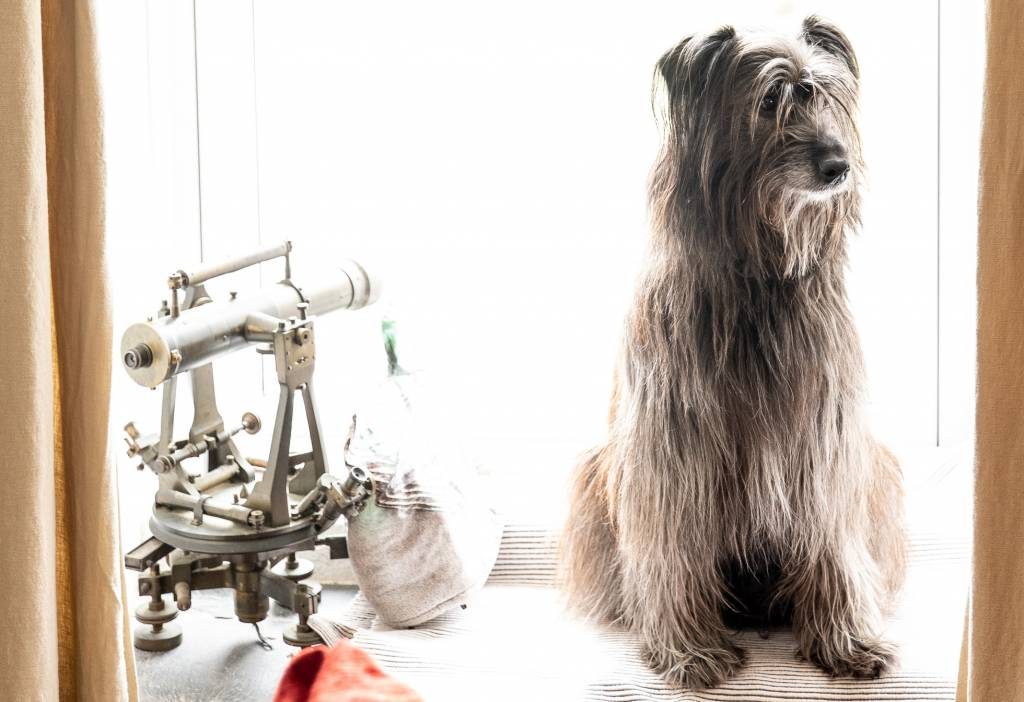
Most camera manufacturers put a stack of glass on top of the sensor:
- clear glass to protect the sensor from dust, humidity etc (usually glued)
- A glass IR Cut filter – usually mechanically fixed
- An anti-aliasing filter to stop moire (less used with modern high resolution cameras).
This stack can be up to 3mm in thickness
The M10 has an IR cut filter only, which is 0.8mm, while the SL has a clear glass-filter plus an IR cut filter which is 1.2mm in total (which explains why the SL is not quite as good with difficult M lenses as the M10).
It is also worth pointing out that the cover-glass thickness can vary with different versions of the same sensor, and that this is not a part of the L-mount specification.
These issues were real problems for Leica when producing the first digital rangefinder cameras and remain an issue to be solved with each new camera. They have worked really hard to make sure that all their cameras which will accept M-mount lenses will work properly with them (SL, CL, TL etc.).
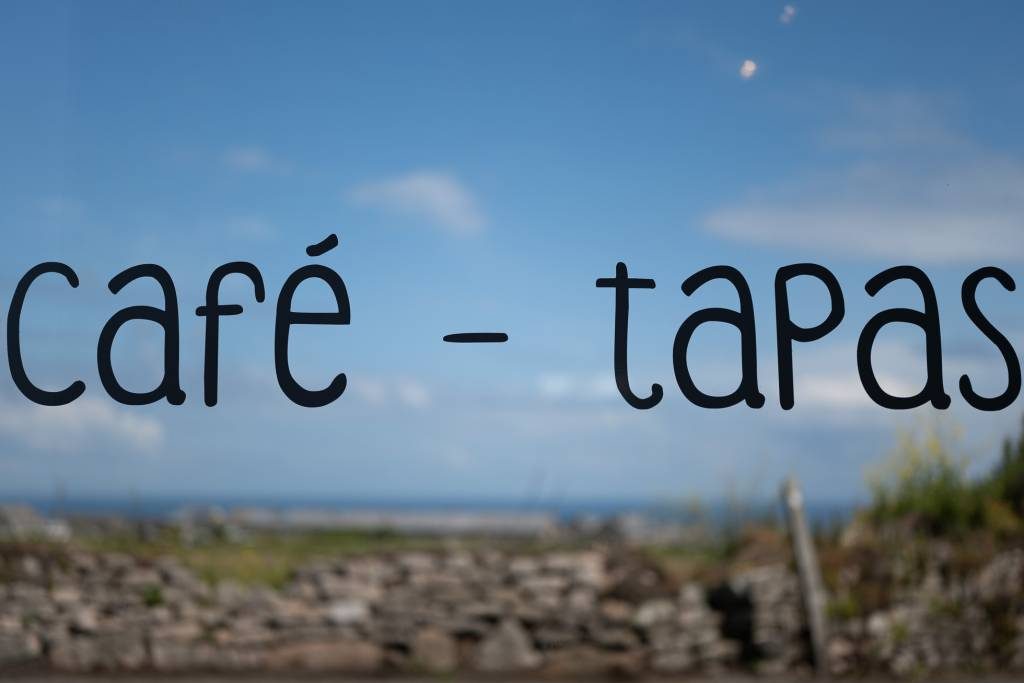
Of course, this is not a priority for other camera manufacturers, who obviously want you to buy their lenses rather than Leica ones.
As a result of this, it’s no surprise that the Panasonic S1 doesn’t play so well as the Leica SL or CL (and especially the Leica M) with the more problematic M lenses (for instance the 28 Summicron Asph and the 35 Summicron Asph). It may not be an issue with street photography where you’re usually more interested in the centre of the frame, and where you’re not usually shooting near infinity. But smearing will certainly become a worry if you plan to do landscape or anything else where resolution off-axis is really important.
The S1 does read the six-bit code (although it seems to collect only the focal length of the lens) so that as long as you use the Leica adapter the correct focal length goes into the
It’s worth mentioning here that some others I have spoken to have not managed to pick up the focal length with the S1, but it has worked perfectly for me.
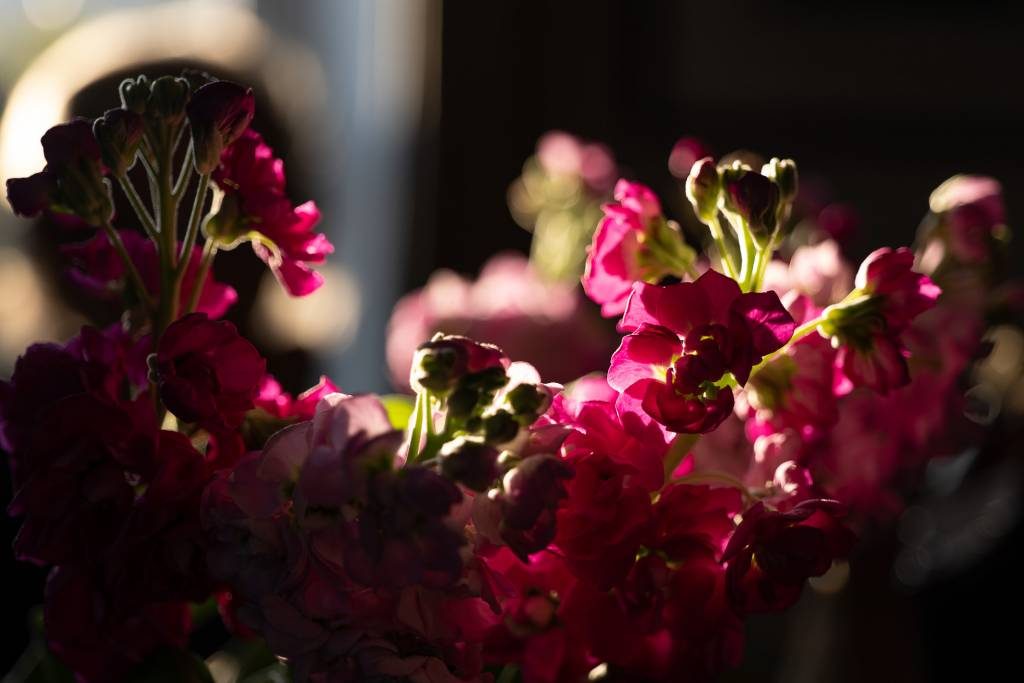
The Pink Lady Problem (a case study)
For the last eight years, on the first Sunday of July, it’s been my job to photograph the Pink Ladies Tractor Road Run. This event is run in aid of Breast Cancer Research and in the 16 years it’s been running it has raised over £640,000.
Around 120 tractors (mostly vintage) are driven 25 miles around the Norfolk and Suffolk lanes and off-road on tracks through the fields. The tractors are decked in pink, and so are the women who drive them.
At four different points around the course, I try to get at least one picture of every lady. The tractors are travelling at around 10 mph, sometimes very close together. The weather has varied from pouring rain to baking sunshine. Perfect for the drivers is puffy white clouds and a decent breeze (meaning that the light changes completely every time the sun goes in or comes out).
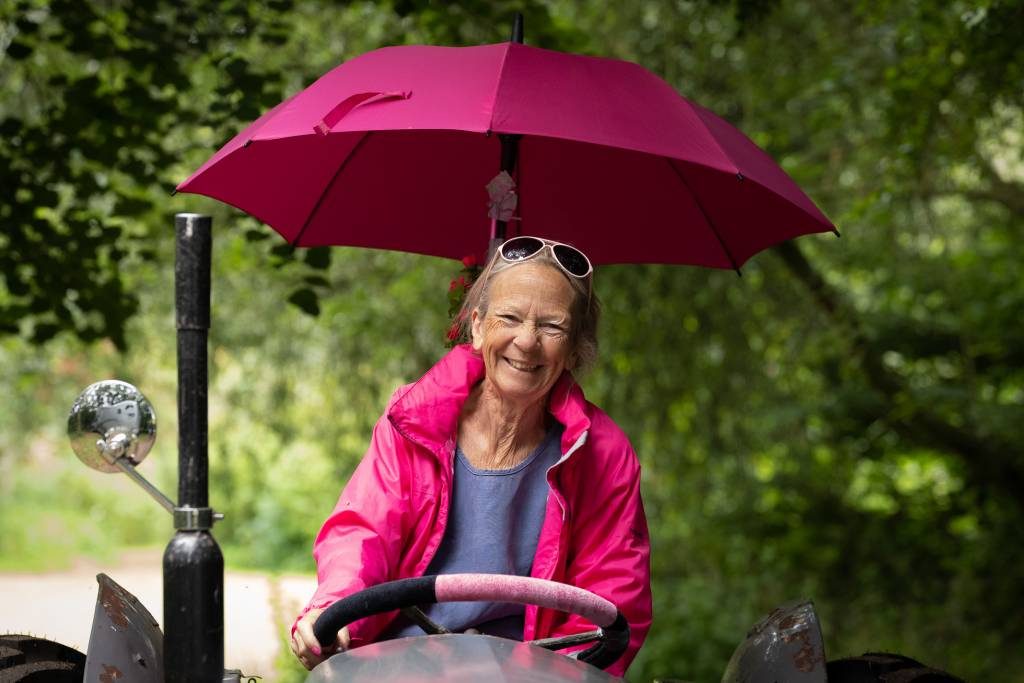
So the problem is twofold. Getting good focus, and getting a good exposure.
First of all, getting good focus – the speed of the tractors and the light means that it’s not really possible to zone focus and keep a relatively small aperture.
Autofocus presents its own problems because the tractors are very different sizes (and therefore the height of the lady varies) it’s not possible to set a focus point to use on the face which suits all tractors. Face detection has tended to focus on the front of the tractor (two headlight eyes I suppose), as does any kind of area AF.
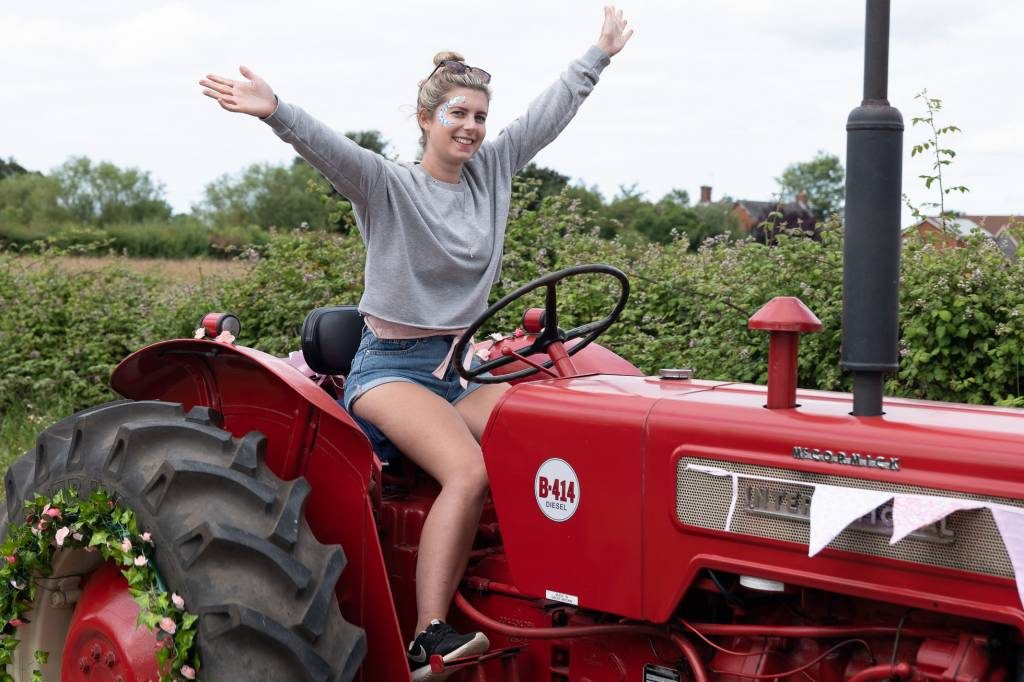
Then there is the exposure problem. This is multi
English weather dictates that most years it will be bright sunshine one minute and thick cloud cover the next (and pouring with rain ten minutes later!). This year I didn’t need to test the weather sealing of the S1, anyway I’ve already done that very thoroughly and it seems to be excellent.
When shooting a wedding or event it isn’t usually necessary that all the images should be usable, but in the case of the Pink Ladies, this is vital (I don’t wish to confront an angry Norfolk farmer whose picture I failed to get).
This isn’t just a technical problem when shooting, but it’s also a post-processing problem — if you have 800 images which you want to post quickly online, then it’s not much good if you have to spend more than a few seconds on each image to get it right. That means it’s important to get the white balance, exposure and framing correct out of the camera.

For the previous three years, I’ve shot The Ladies Tractor Road Run with the Leica SL. This worked pretty well, although the AF was always a challenge, not so much because of the speed, but in getting the lady in focus rather than the front of her tractor. Images with the driver heading towards the camera were usually okay, but shots from side-on (generally within about ten feet with the tractor going at 10mph) were always quite tricky (and sometimes unusable).
I had been shooting with the Lumix S1 for about six weeks, and having chickened out and shot a couple of weddings with the SL, I resolved to put the S1 through its paces for the Pink Ladies.
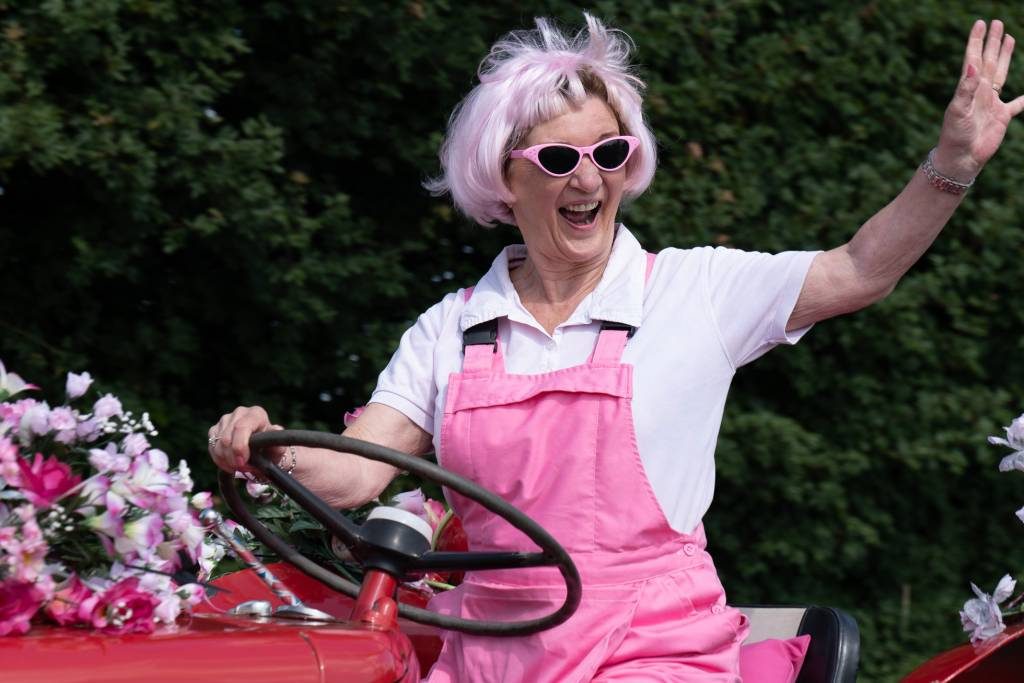
After some trial attempts I set up the camera as follows:
Lens
I used the Lumix 24-105 f/4. It would have been nicer to use a fixed focal length, but with the varying sizes of the tractors this really wasn’t realistic
White Balance
Daylight White balance (sunshine symbol). This is to reduce the need to fiddle about with the colour temperature in post
Exposure
I used centre-weighted exposure mode (exposure mode seems the only control in the camera which doesn’t have its own button — I set it to use Fn1 on the front). I set M on the PASM dial with the shutter speed to 1/500th (enough to catch the action at 105mm) and the Aperture to f/6.3. I then set the Auto ISO to a maximum of 6400 ISO (in fact it didn’t get much above 1600). So I was using a sensible compromise with shutter speed and aperture and the auto ISO to get the exposure right.
Auto Focus
I used Face Detect AF in the hope that the new AI
I put the camera on continuous AF, and both focus and exposure control on the shutter release.
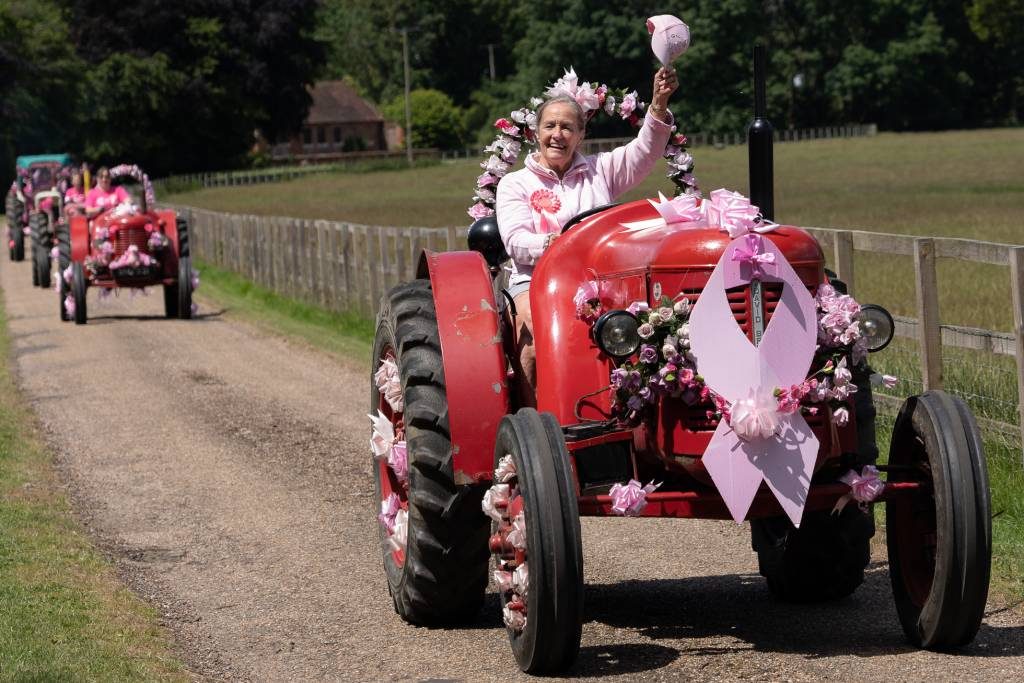
The Results
The camera really performed — picking out faces on tractors unerringly and getting a really high hit rate — even side on shots where the drivers were very close and travelling fast worked well (often even getting eye focus).
The exposure settings meant that there was very little exposure tweaking needed in post
I’ve read criticisms of the depth by defocus AF of the Lumix cameras, but for this task it really worked.
What’s more it was a pleasure to shoot — I didn’t really need to think about the camera at all, which left me free to attract the drivers’ attention and get the shots I needed (even through the open side windows of cabs at 10mph).

Conclusion
The Panasonic S1 is a cracking camera, right up for wedding, event, landscape and casual shooting, and I’d happily use it for sport as well, the only rider being that I didn’t completely investigate the tracking options (I like to use continuous AF and single
The body and control layout is excellent and the camera is lovely to shoot with, even for a long day event. The buttons and dials fall easily to hand and I like the fact that they are labelled well (and the lit labels are really cool when shooting in low light).
The two ‘Leica certified’ lenses, the 70-200 f/4 and the 50 f/1.4 are really excellent quality (although I found the 50 a bit heavy for my purposes). The 24-105 f/4 is also really good – no vices and excellent image quality, especially considering the price. The two f/4 zooms are relatively light and both of them handle well on either the S1 or the SL
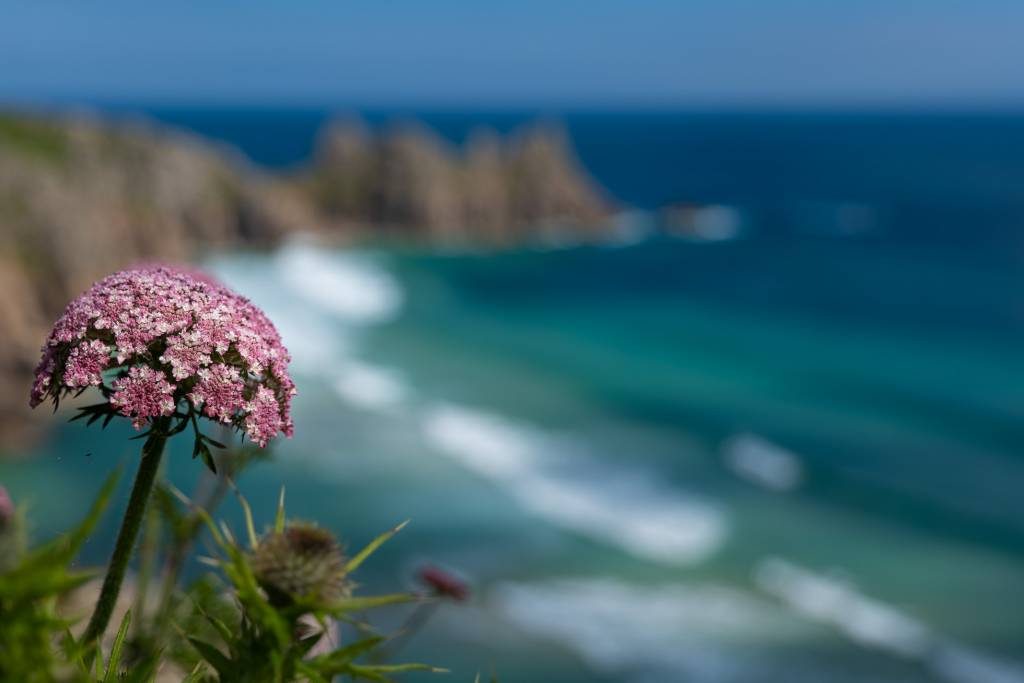
This has been an encouraging experience throughout. I realised that the Lumix interface would be quite different from Leica, but different isn’t necessarily bad (I loved using the Lumix G9 last year). I found it really quite easy to swap between the S1 and my SL. Both of them pass my test of good camera ergonomics (you can put them down for a fortnight and then pick them up and use them without having to think).
What I was hoping to find was that a mixed set of bodies and lenses would provide a consistent experience, and, basically, that’s what I have confirmed. My only caution is that Leica M lenses are not part of the L-mount standard, and my findings suggested that they didn’t work as well on the Lumix bodies (no criticism, why should they?)

All the combinations of L lenses worked really well with each other, both full-frame and APS-C. I can easily imagine adding an S1R to an SL kit to provide higher resolution for landscape and product work.
Equally, I can imagine adding an S1 as a second (or first) body for events or adding a couple of Leica lenses to a Lumix kit (especially the wonderful SL Summicron lenses). Indeed, I am seriously considering adding the Lumix zooms to my SL kit (and perhaps a body later on).
I haven’t mentioned the Sigma Art lenses, and their fine long telephotos, because I haven’t tried them, but on the evidence seen here (and my previous experiences with Sigma) I’m sure they’ll also perform really well.
Panasonic UK have been really communicative and helpful and I would certainly be most happy to put myself at the mercy of the Panasonic Professional Imaging Department, and that isn’t a small consideration when thinking of buying into a new system.
It’s fantastic to see three companies working together to create a new standard, and my experience running two of the systems together suggests to me that it has a great future.
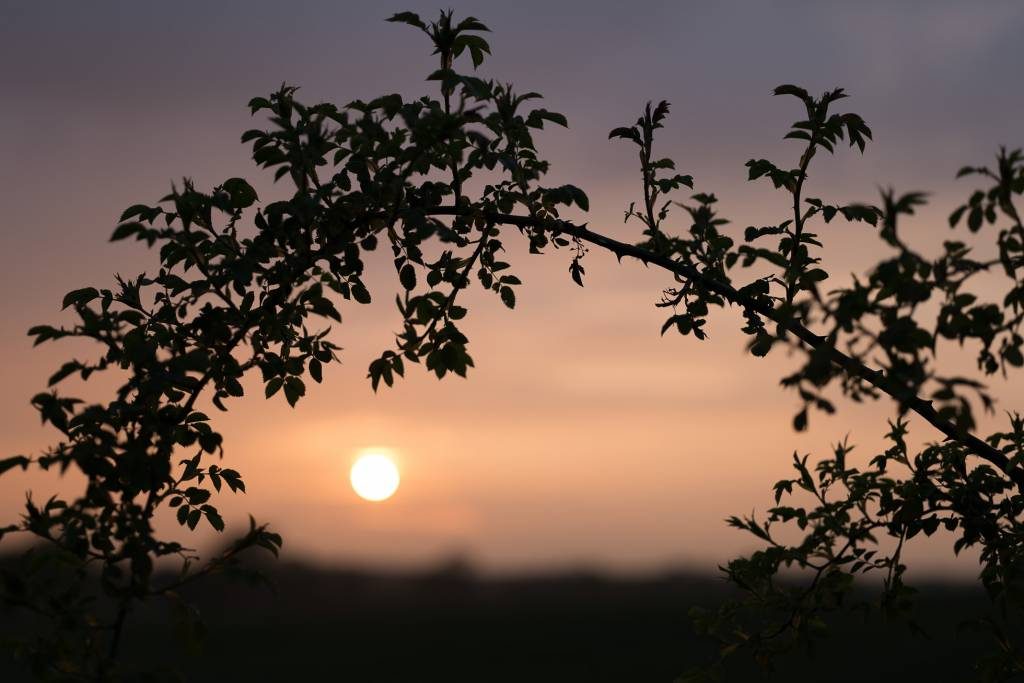
Acknowledgements
I’d like to thank the following who have really helped in the writing of this short article
- Scott Kirkpatrick for proof reading and reality checks
- Michael Evans from Macfilos for encouragement and patience
- Mike Owen from Panasonic UK for providing the equipment and being really responsive and helpful
- Stefan Daniel of Leica for being interested and supportive
- Silas Slack and Adam Jennison for second opinions (and constructive criticism)
- and most of all Emma Slack who puts up with me writing this stuff and talking about cameras.



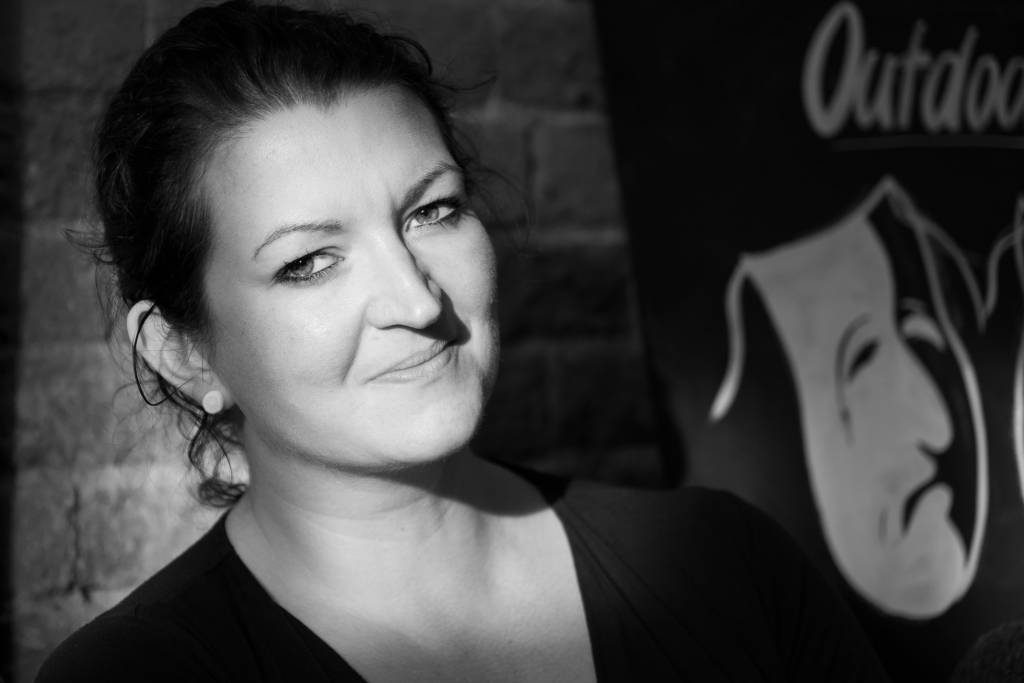

Topsy Turvey – Lumix S1 with Lumix 24-105 f/4 – a/125s at f/4

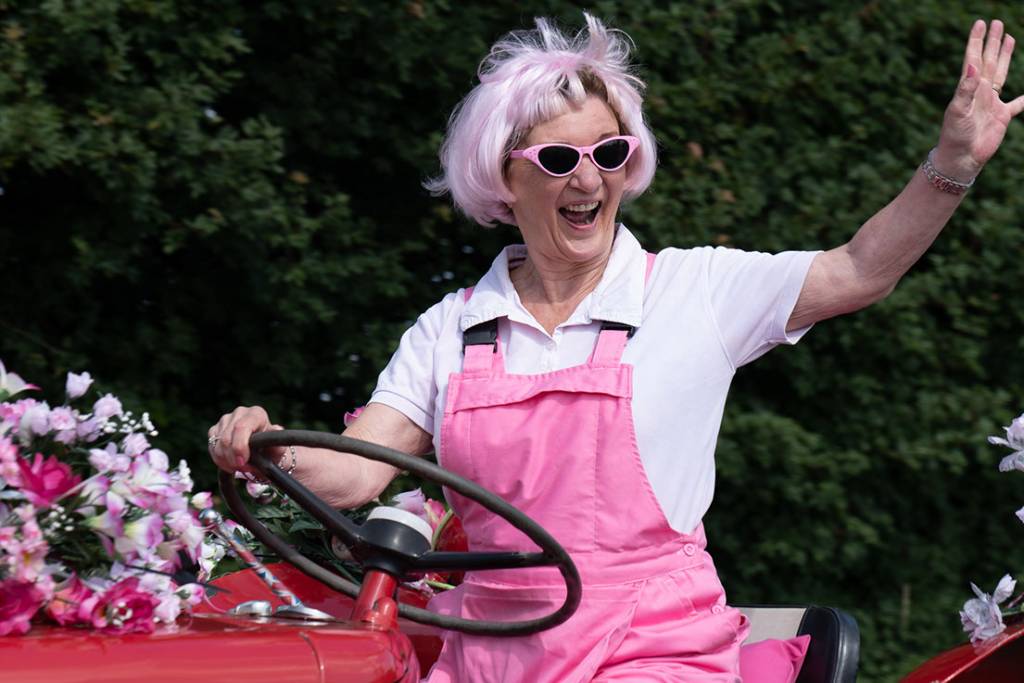
Thanks a lot Jonathan! This is the best S1 review as I can find on the internet for now – 2021.
As a professional photographer, the pink lady case is the best because for us, a real case can really help wether the camera/system works – working under pressure!
Not sure you are still use S1 a lot for your work, after all 2 year passed. Good news is that there are more L-mount lenses, especially from Sigma. The price is getting better, too. That’s why I am investigating S1/S1R camera now.
Cheers,
Leon
Wow! I wish all camera reviewers were as helpful and good as I found this report, and indeed every report I have read from Jono just brilliant, and it is also so refreshing to know it is coming from someone whose fabulous pictorial ability comfortably betters any other tester out there. Thanks Jono I wish there were more like you.
Thank you so much Don- messages like yours make it all seem worthwhile!
all the best
Hi Jono, thanks for a great article. I just purchased the S1R and S Pro 50/1.4. I love the rendering of the 50 and the speed and accuracy of AF. It is funny that you called it a beast of a lens as the same word came to my mind. I used to own the SL but sold it before the big price drop in anticipation of the SL2. The SL was the most gorgeous piece of art but I found the grip too edgy for extended carrying of the beast 24-90. The S1R was much more pleasant to carry the beast S 50/1.4 for an afternoon of shooting at a car show. So I may have erred in selling my 24-90 as it was the most stunning zoom I have used and I loved the extended 90 reach.
I am looking forward to getting an SL 90/2 when funds appear and eventually the SL 24/2 when it comes in 2020 or later. I am sorting out manual focusing my jewel of a lens, the Leica m 50/1.4 black chrome, wide open at the moment but if focussed it is sharp and a wonderful compact option.
Your pictures are beautiful and a treat to my eye. The tonality in your wonderful people portraits really add to the personality captured. Thanks for the effort you have put into this article.
Thanks for the kind words Brian
you shouldn’t have sold the 24-90! (the best zoom ever made?). Still, the 24-105 f4 is no slouch (and it’s quite a bit lighter) worth considering perhaps?
All the best
Thanks for the thoughtful write up. I have also been very happy with using a variety of lenses on the S1, including the excellent Voigtlander 35mm f1.2. Seems like there is really not a bad combination in the mix. As a former Lightroom user, I have now switched over to Capture One for all my post processing, and am equally happy with that decision. It feels like I have shortened my post processing time significantly while generating quality results. I also like that I own the usage of the software and am not dealing with a subscription.
Excellent review and I learnt much from your shooting methodology Jono i.e. using manual shutter speed and manual aperture and relying on Auto ISO for correct exposure … must try this with the SL 601. Super images.
Thank you Dunk
I should say that isn’t how I normally shoot, but it works well for events when you have specific aperture and shutter requirements (usually an Aperture Priority kind of a guy!).
best
Jonathan, thank you for a fascinating review with fine photography. I loved the idea of the tractor challenge and admire you rexcellent results. It would make for a super project for a camera club in the area to examine different techniques for capturing all facets of this fundraising competition.
However your unbiased descriptions and conclusions confirmed to me that at his end of the L-Alliance spectrum, the target user is an established professional photographer or at least one who undertakes plenty of demanding commissioned photography. No doubt there will be good amateurs who will be tempted by the performance, weight and bulk and accept this as a price worth paying. I will happily pass and continue to squeeze the best I can from the equipment I already own and enjoy.
Keep up the testing. You simply must have more than 24 hours in your working days.
Hi David
Time does seem to be a bit of an issue in my life! I’m sure the S1 is geared at professionals, but it’s not too much of a handful and certainly feels good . . . my only real question is the 50, which, excellent as it is, is really quite big! Give me the 50 APO SL Summicron which is half the size and just as good!
When the images are this good, I could keep looking at them all night. The S1 seems to have similar punchy output to the SL. Thank you for sharing this with us Jono.
Thank you Dave (I could keep looking at messages like this all night! ).
all the best
A great write up, Jonathon. And lovely pictures (as always).
As a G9 owner, I share the opinion that Panasonic have done a great job with the layout of their cameras, and a brief handling of the S1 in-store had me thinking that it felt very much like a big brother to the G9. Very similar.
One thing that struck me, though, was the size of the lenses. Inevitably large, as they have to be. But if one of the three L-mount members produced a set of primes similar to the Pentax FA lenses – smaller and more compact – I’d be more tempted by the S1. Sigma’s recent 45/2.8 announcement was a promising start. For some reason, the modern trend is for heavier and more complex glass. It’d be nice to have a more convenient option without having to go with adapted RF lenses.
Many thanks for the review
Hi there Jason
Thanks for the kind words.
The Leica SL Summicron lenses are a good size on the S1 – and in my opinion they are the very best lenses I have ever used. Not as small as the Pentax FA lenses, but then they are autofocus and much better quality (they are quite expensive though!).
Al the best